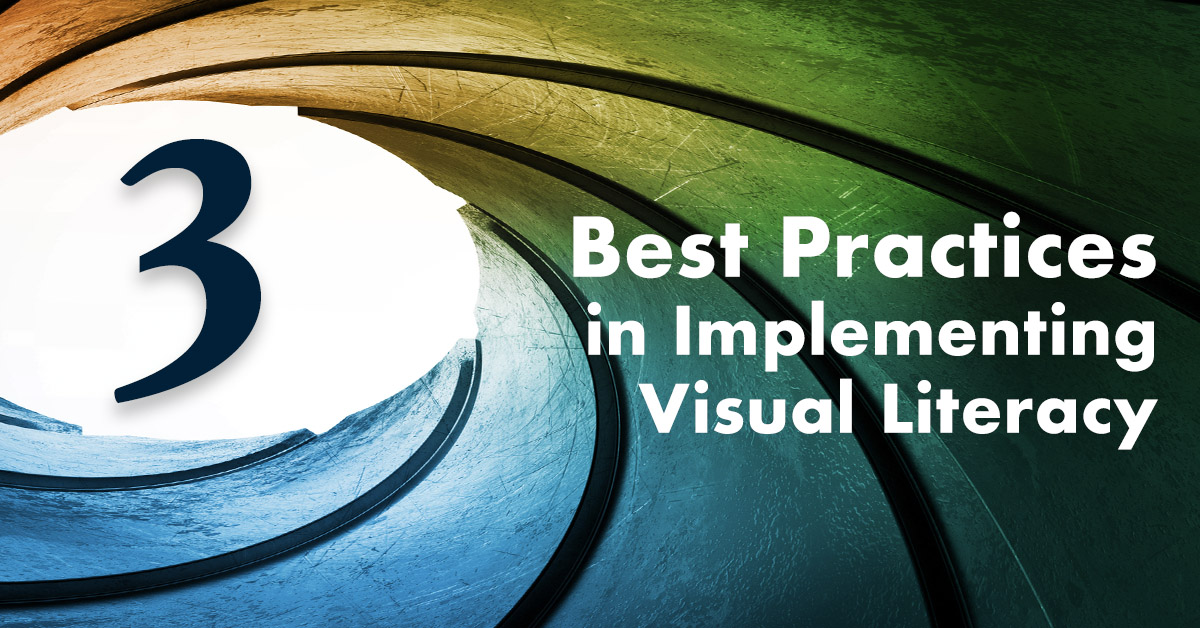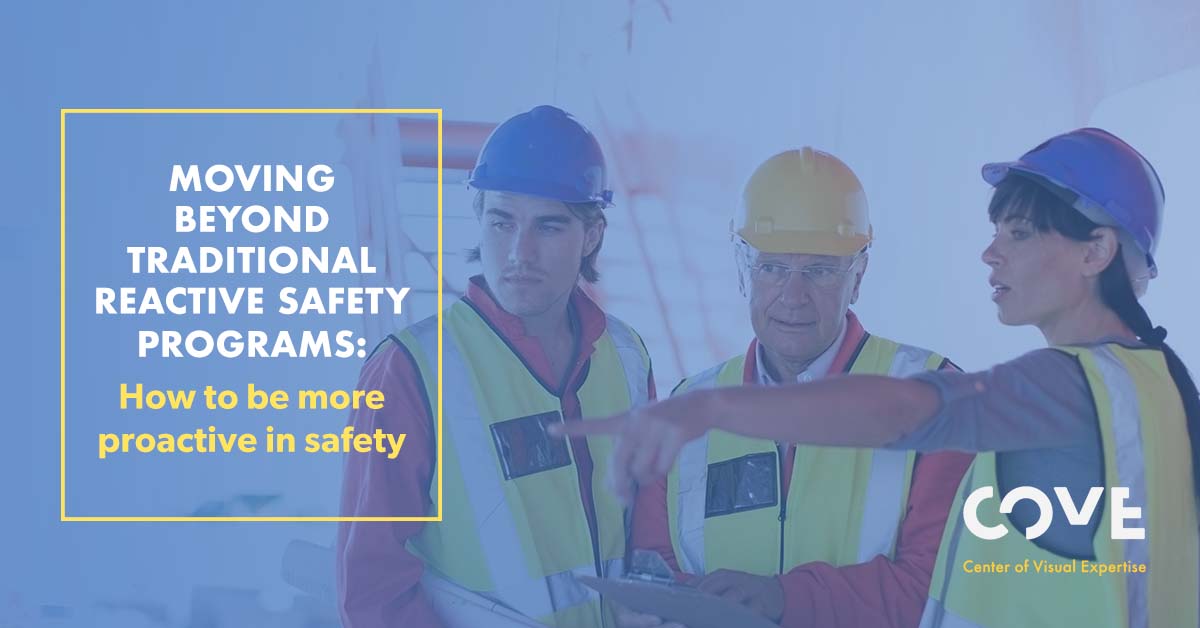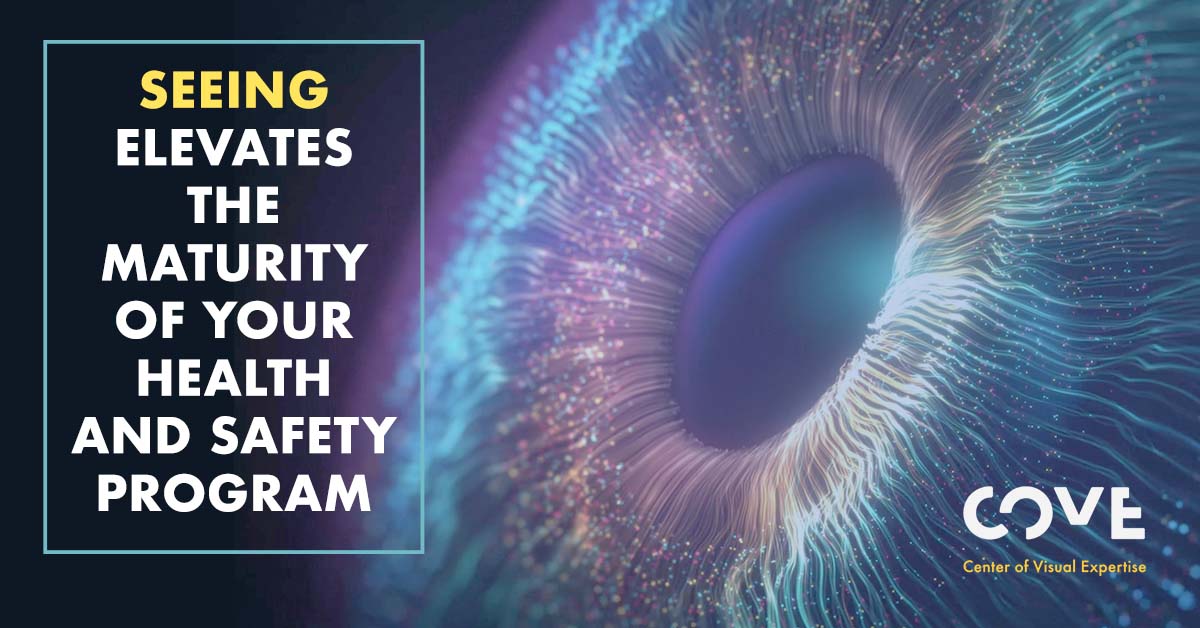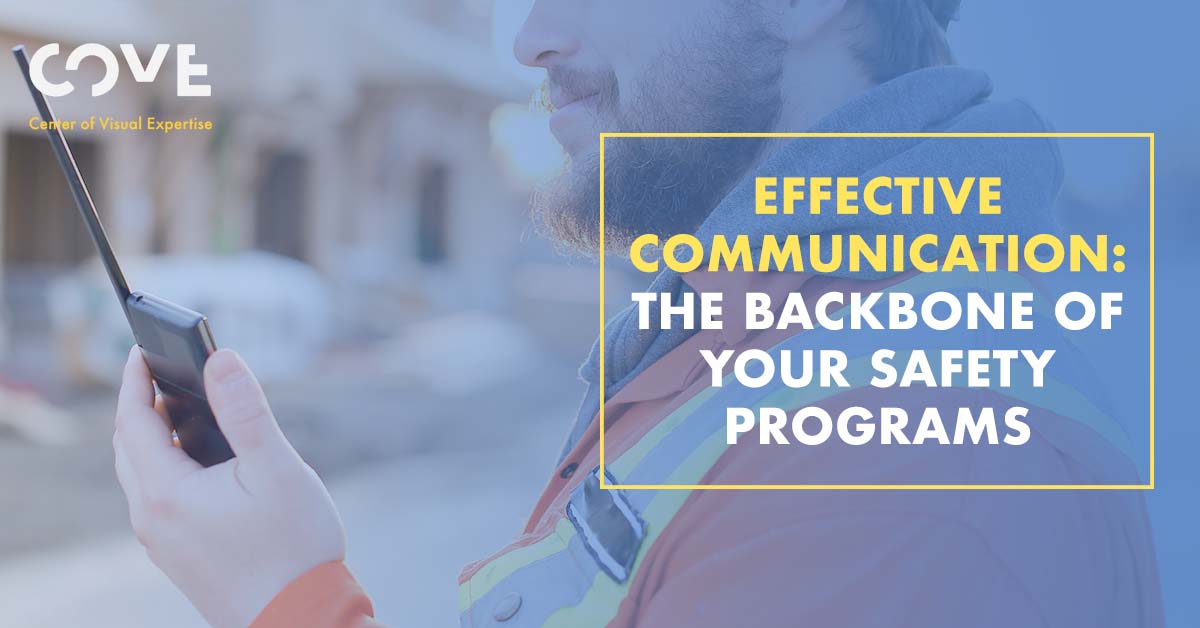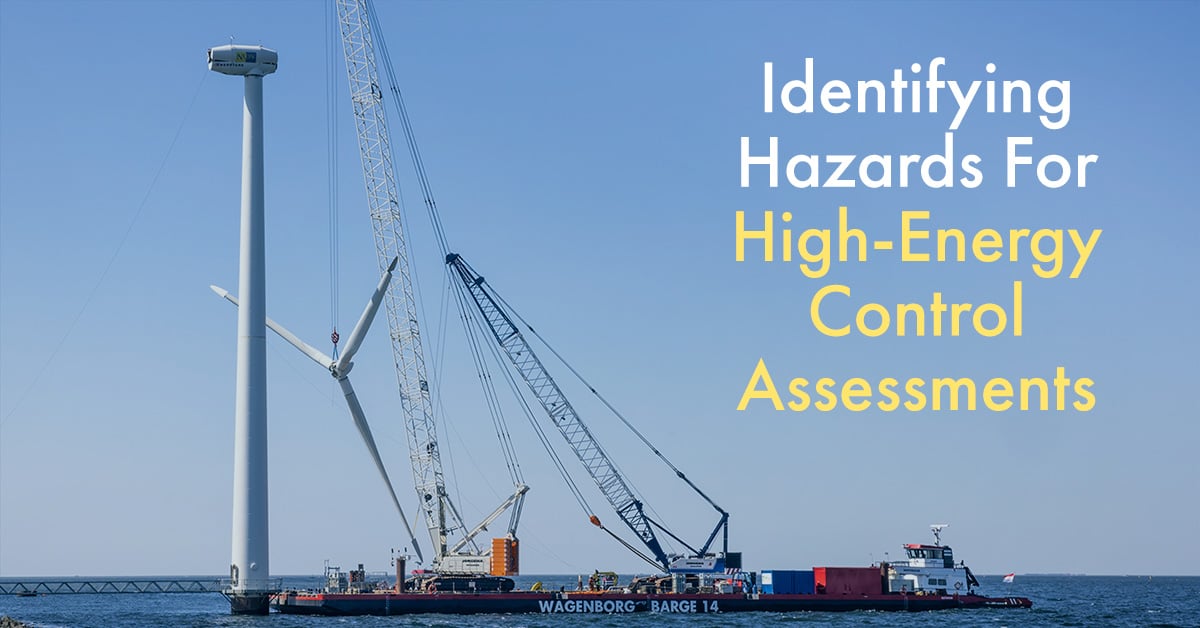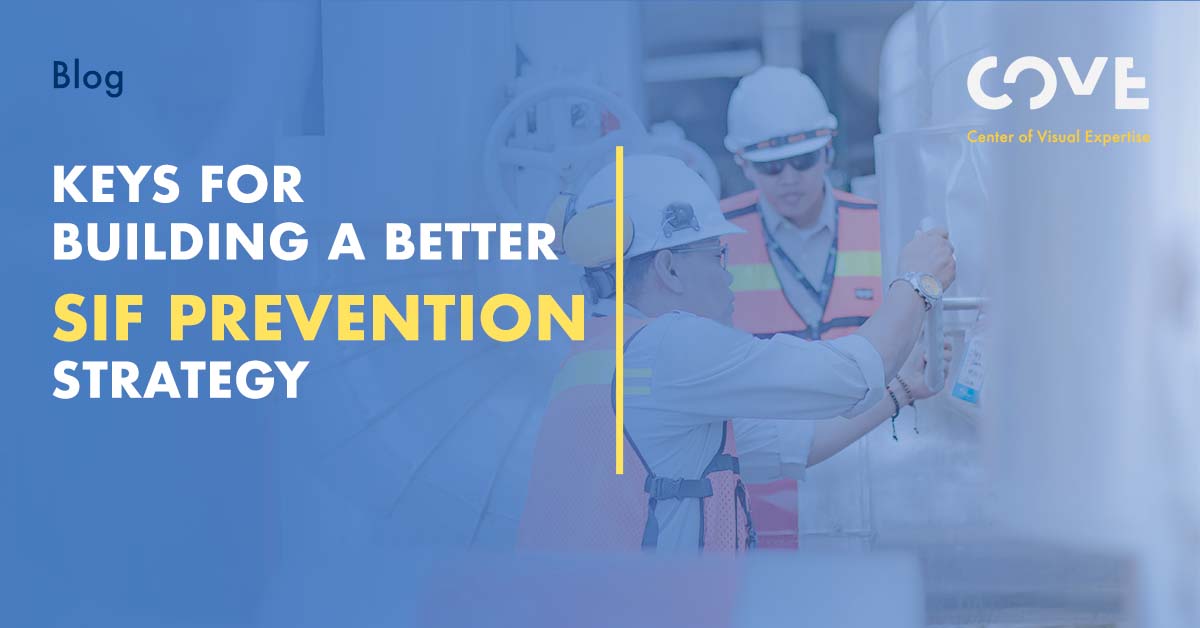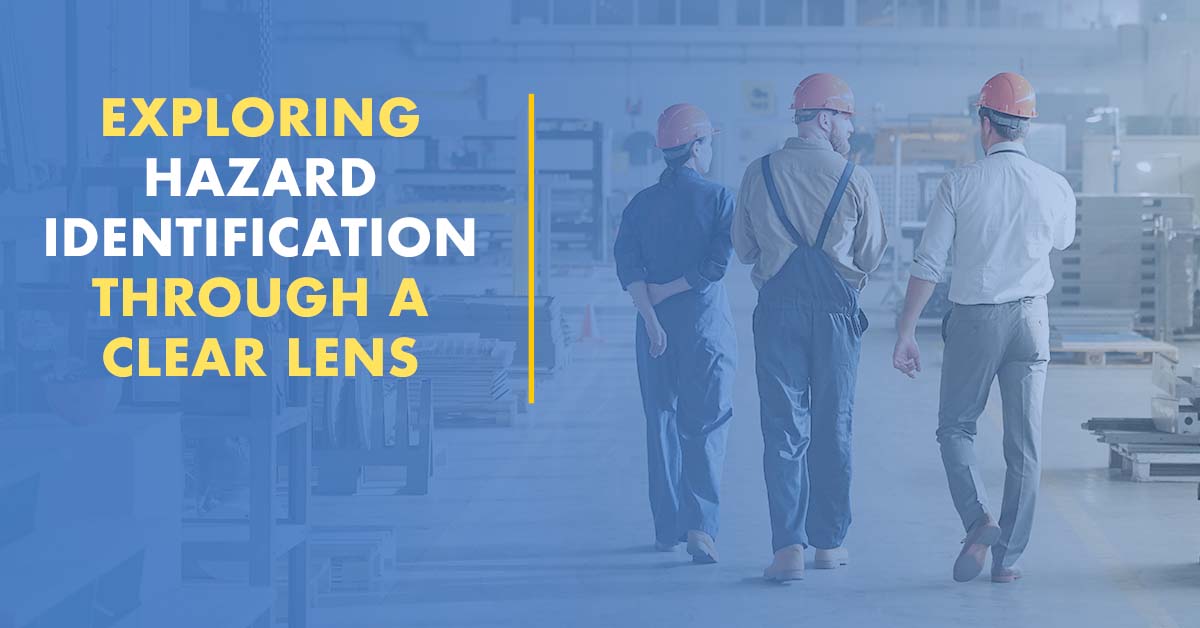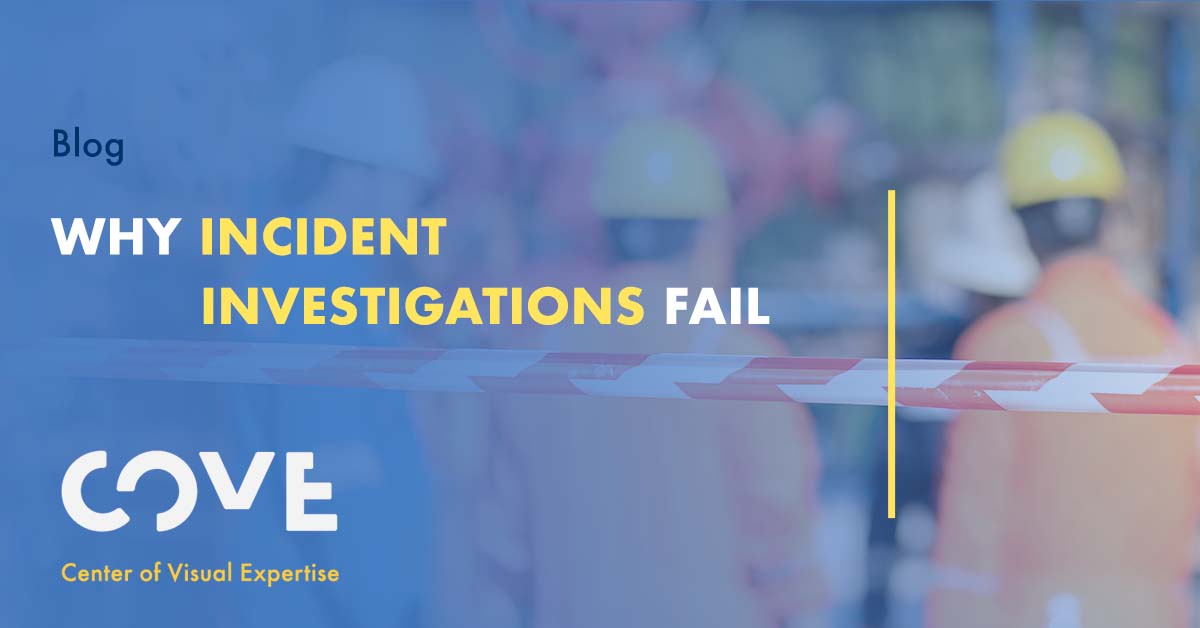By Doug Pontsler on Mar 30, 2021 10:45:00 AM
I am often asked about what best practices I have seen as companies implement Visual Literacy as part of their safety programs. As you might imagine, approaches vary depending on the scope of the Visual Literacy engagement, organization size and training resources, as well as the focus on where improvement in organizational performance is most needed. In addition to training employees to improve their ability for Seeing the Whole PICTURE®, many organizations also need to train subcontractors who perform significant amounts of work including high risk tasks.
There are three things that stand out to me as I think about an impactful implementation of visual literacy tools and techniques:
1. Start with the end in mind.
Our goal is not simply “implement Visual Literacy”. Our goal should be to improve specific aspects of our performance using Visual Literacy as an enabler. For example, we may be focused on reducing safety incidents by improving our ability to recognize and mitigate hazards in our workplace. Visual Literacy training can be integrated with our hazard recognition training with the outcome being more hazards identified in advance of an incident.
2. General awareness training helps, but.
Visual Literacy general awareness training can help but connecting Visual Literacy directly to safety processes can provide a more sustainable and impactful outcomes. We are all familiar with general awareness type training. The characteristics are often large groups with one-way communication flows. Message sent but not always received. There are benefits to this approach. We can share information broadly and with speed. Some portion of the audience embraces and applies what has been shared. Many passively take in the information and when reminded, may apply it. The remaining portion of the audience forgets they were even there.
General awareness training can be more helpful when followed by a targeted call to action and further training of skills and capabilities that enable performance improvement even if only for a specific group of individuals who are expected to utilize the skills being taught.
3. Develop internal subject matter experts for sustainable success.
Building a core group of Visual Literacy subject matter experts within the organization provides the capability for reinforcing application and coaching users on the tools and techniques. In addition, internal subject matter experts can serve as “opportunity hunters”. Where else can the internal successes with Visual Literacy be applied to other safety processes and even other functions. The number of subject matter experts an organization needs is dependent on several factors such as organization size, geography, business unit structures, etc. Subject matter expert(s) may reside in a central organization serving multiple facets of the company or across the organization more locally. Most organizations skill up existing resources in their training department or EHS leadership to support this need.
Ultimately Visual Literacy is all about building new skills in our people that enable them to be more effective in the work that they do. New skills require practice and reinforcement in order to develop proficiency. Visual Literacy training addresses gaps that we all experience in our daily lives and resonates well with employees at all levels. After all, haven’t we all said at one time or another “I’ve walked by that a thousand times and I never saw it!”
To learn more about these Visual Literacy tools and to practice developing these new skills, I encourage you to register for one of our upcoming Foundations of Visual Literacy workshops. In this workshop you will spend time learning and practicing tools that help you see your working environment through a new lens.
